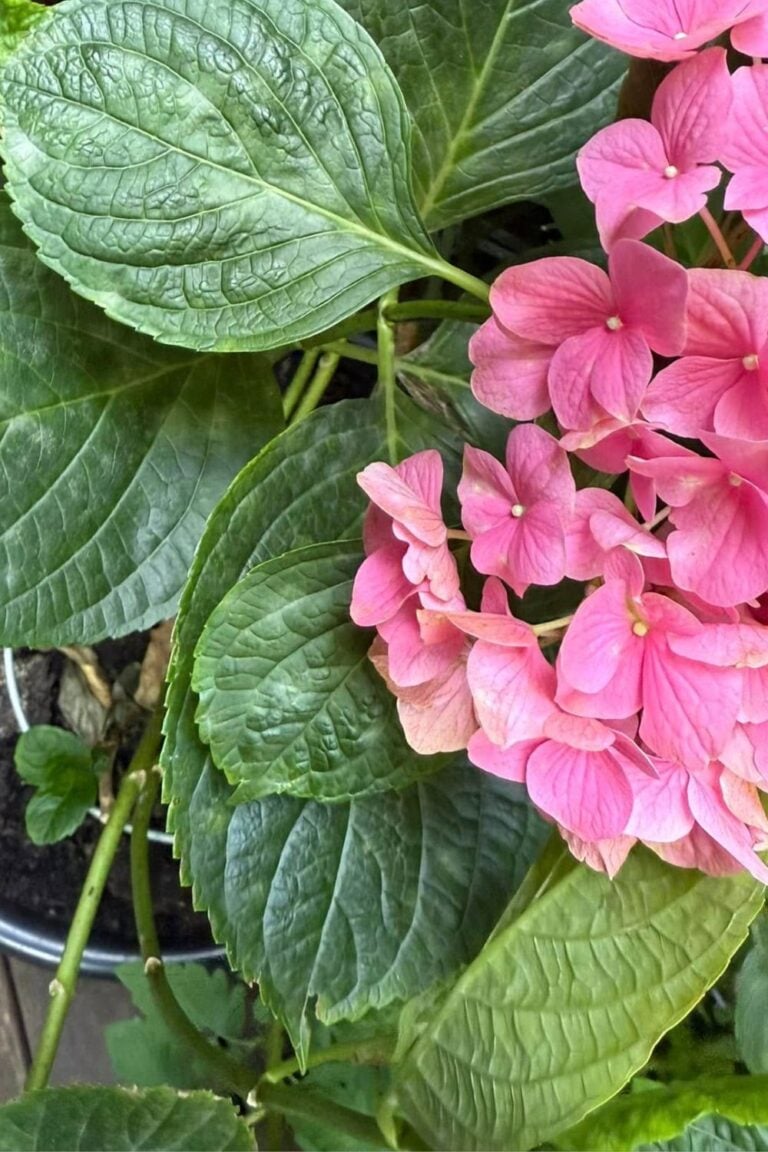You can actually get bromeliad plants to bloom anytime, not just during their natural blooming period. How? It’s all about the number of leaves on the plant!
For variegated bromeliad, aim for 40 to 50 leaves. For Aechmea fasciata, you’ll want 10 to 13 leaves. For Guzmania magnifica, shoot for 20 to 25 leaves, and for Tillandsia cyanea, 40 to 50 leaves is the magic number.
Each genus and species of bromeliads has unique characteristics. From textured leaves to various patterns and a burst of vibrant colors when they bloom—there’s so much to love!
However, getting them to bloom can take a while, especially after their first flowering. Let’s delve into how you can make your bromeliad bloom again in the following lines.
Contents
How Long Until Bromeliads Bloom?
On average, expect bromeliads to bloom anywhere from a year to 18 months. Some varieties might even take longer.
But if your plant hasn’t bloomed after a year and a half of proper care, it’s time to think about what you can do to encourage flowering.
Keep in mind that most nurseries force their bromeliads to bloom so they’ll have an attractive color or inflorescence when they hit the sales floor.
This means you’ll enjoy the color and flower for a few months before it fades and the plant eventually dies. Some varieties may take more than 18 months to flower.
How to Make Your Bromeliad Bloom After Its First Flowering
Before dying, the plant produces offsets, or “pups,” which are exact replicas of the mother plant. These new plants will produce the same colorful inflorescences as the original.
Patience is key here; some bromeliads can take up to three years or more to mature and produce a new flower. But don’t worry, you can speed up the process.
Using natural or chemical methods to prompt flowering is called “forcing,” and yes, it’s possible to force a bromeliad to bloom before it’s naturally ready.
First, decide what you’re going to do with the pups. You can remove them and repot each one individually.
Wait until they’ve reached at least a third of the size of the mother plant to give them a better chance at life.
Alternatively, you can leave the pups attached in a cluster to the mother plant. Simply remove the mother plant with a sharp knife when it becomes unsightly.
Forcing Your Bromeliad to Bloom: Here’s How
Once your bromeliad’s pup reaches maturity, you can encourage it to bloom. While some varieties may take up to a year to be ready for forcing, others establish themselves more quickly.
The Apple Method
A simple way to get your bromeliad to bloom involves using an apple. First, find a clear, hole-free plastic bag that’s big enough to hold both the plant container and the bromeliad itself. Shake off any water that might be on the plant.
Then place the entire pot in the bag along with a ripe apple. Seal the bag at the top, ensuring there are no openings.
Let your plant hang out in the bag with the apple for about 7 to 10 days. Keep the bagged plant in a shaded spot; direct sunlight can harm it.
Finally, remove the pot from the bag. Within 6 to 14 weeks, you should start to see signs of flowering, such as colorful bracts or inflorescences.
The Ethylene Method
The ethylene gas produced as the apple ripens is what stimulates the bromeliad to flower. You can also use chemical versions of ethylene, which come in gas, liquid, or crystal form—though you’ll probably want to use the liquid form.
Here’s the thing: closely follow the manufacturer’s guidelines for handling and diluting these products. Only mix what you’ll use and dispose of any excess after treating your plants.
The active ingredient becomes ineffective pretty quickly once diluted in water. Don’t use the product more than four hours after mixing it.
How to Apply: Spray the mixture on the top surface of the plants so they’re just covered but not dripping wet.
The advantage of the chemical method is that it’s slightly faster than the apple method. You’ll still need to wait 6 to 14 weeks between applying the product and seeing blooms, but you won’t have the additional 10 to 14 days that the apple needs to sit in the bag.
Important Tips for Forcing Your Bromeliad to Bloom
Key Conditions
Hold off on fertilizing your bromeliad for two weeks before you start the forcing process and up until two weeks after the blooming begins.
During the forcing period, make sure the nighttime temperatures consistently stay above 64°F (or 18°C).
Different bromeliad species respond to forcing in various ways. Some take longer to bloom than others. Typically, Guzmania, certain Aechmea, and Vriesea species respond well to forcing.
Fertilizers
While nitrogen helps your bromeliad continue to grow and produce pups, it actually delays blooming. During the growing season, I consistently feed my plants a mix of oil cake and bone meal as fertilizer.
I do this about once every 1 to 1.5 months to ensure they grow robustly through the summer. Outside of this period, I hold off on any additional fertilizing.
Why Isn’t My Bromeliad Blooming?
If your bromeliads aren’t blooming despite your best efforts, there could be a reason. Be mindful that too much or too little sunlight can prevent a bromeliad from blooming.
Experts caution that bromeliads are often hesitant to bloom if they’ve been over-fertilized with nitrogen.








